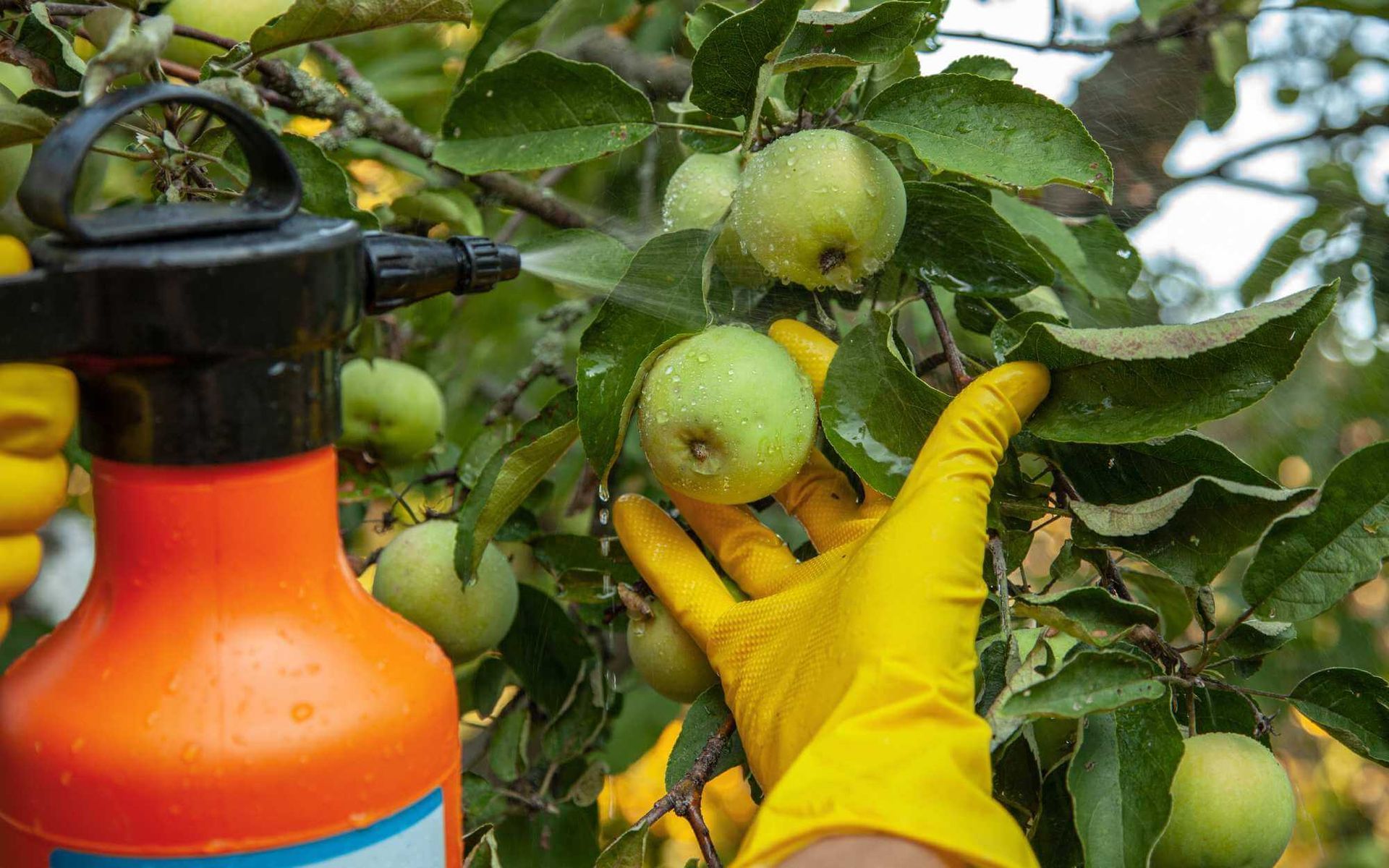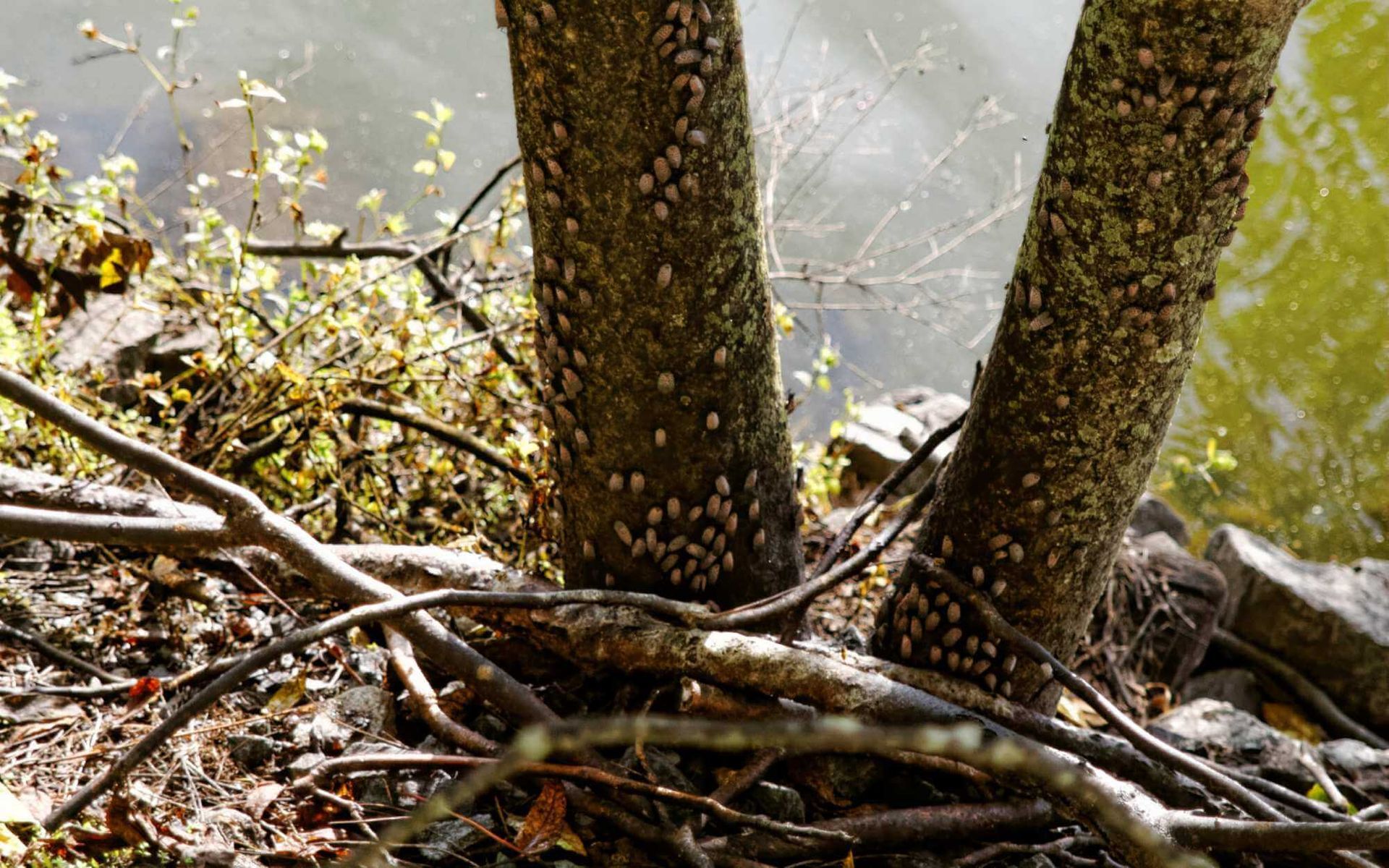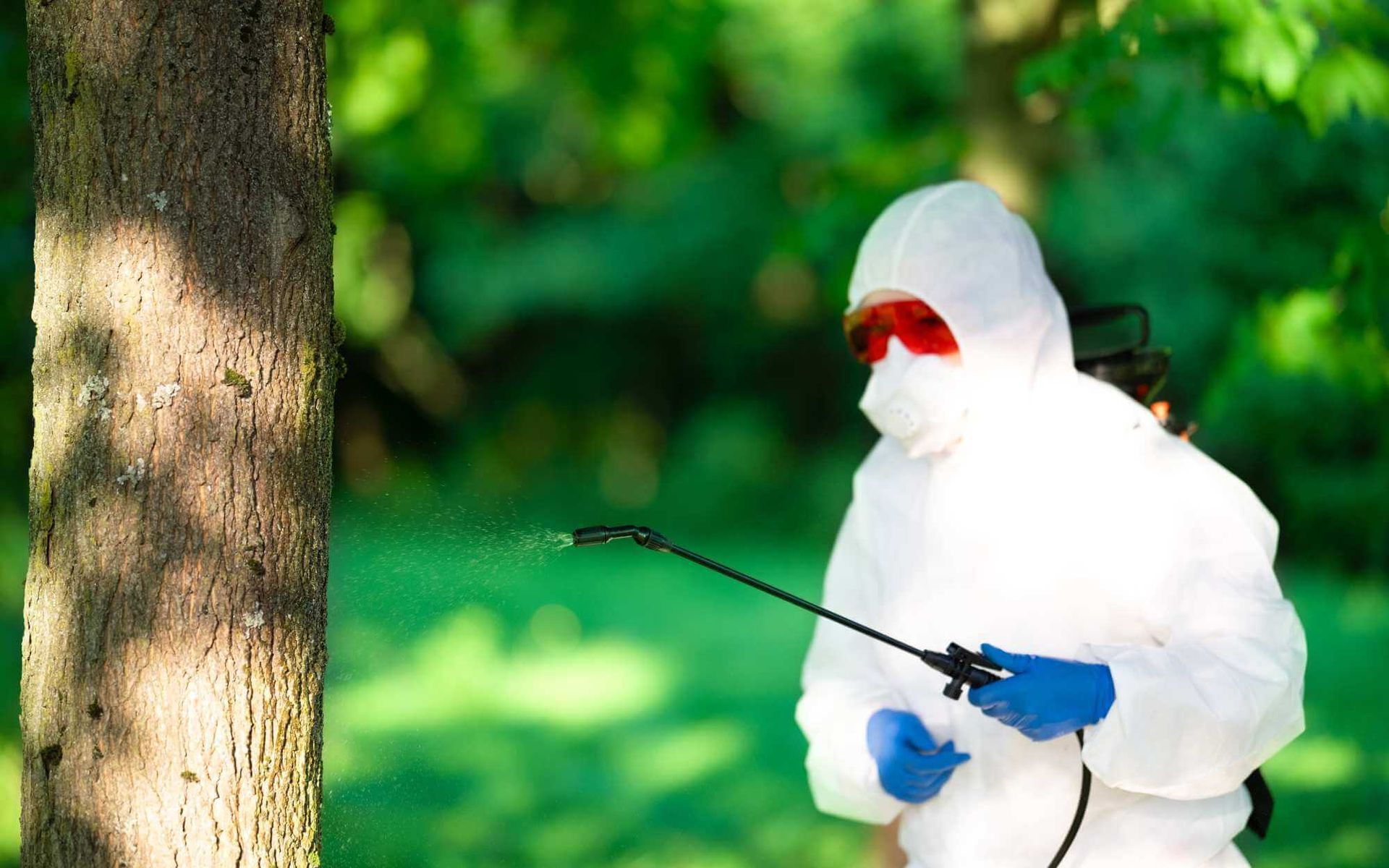Real Tree Team
Arborist, Tree Service and Tree Removal Services
License #: FL-10250A
CALL FOR A FREE QUOTE!
Mastering the Art of Effective Insect Pest Control for Trees
PUBLISHED ON
SHARE THIS ARTICLE

South Florida, a region renowned for its lush, verdant landscapes, is home to a rich diversity of tree species. However, these trees are under constant threat from a variety of insect pests that can cause significant damage, if not effectively controlled.
From devouring leaves and young shoots to boring into tree trunks, these pests can severely impact the health and longevity of tree and shrub landscapes. This underscores the critical importance of effective insect pest control in safeguarding South Florida's exquisite arboreal biodiversity.
In this blog, we delve into methods and strategies to master the art of insect pest control for trees, ensuring they continue to thrive and beautify our environment.
Common Insect Pests in South Florida

South Florida ornamental or fruit trees encounter numerous insect pests.
- The Asian Citrus Psyllid spreads a deadly citrus disease, leading to tree death.
- Palm Weevils bore into palm trunks, causing lethal damage.
- The Southern Pine Beetle also bores into tree bark, disrupting nutrient flow.
- Whiteflies infest leaves, sucking sap and causing wilting and yellowing.
- Sri Lanka Weevils chew on tree leaves, causing defoliation.
- Gumbo Limbo Spiraling Whiteflies leave a sooty mold on trees, hampering photosynthesis.
- The Redbay Ambrosia Beetle spreads a fatal disease known as Laurel Wilt.
Each of these pests poses unique threats, from disrupting nutrient flow, causing physical damage to trees, and spreading diseases, to hampering photosynthesis, all leading to potential tree mortality.
Understanding Tree Health and Pest Resistance
Maintaining tree health is fundamental in preventing pest infestations. Healthy, vigorous trees are equipped to resist invasions and recover from damage faster.
Enhancing tree vitality entails regular watering and proper fertilization to stimulate growth; pruning to remove diseased, infested, or overcrowded branches; and mulching to conserve soil moisture and regulate temperature. Regular inspections for early pest detection and prompt treatment are also crucial.
By promoting tree vigor and natural pest resistance, we aid in sustaining South Florida's vibrant tree population and safeguarding its rich biodiversity.
Integrated Pest Management (IPM) Techniques

Integrated Pest Management (IPM) is an environmentally friendly strategy that focuses on the long-term prevention of pests through a combination of techniques such as biological controls, habitat manipulation, and modification of cultural practices.
In South Florida, IPM is crucial for sustainable biodiversity preservation, given the region's delicate ecological balance.
Several IPM strategies are effective in controlling insect pests in trees. These include introducing natural predators of the pests, such as birds and beneficial insects; using pheromones to disrupt pest mating; mechanical controls like traps; and minimal use of pesticides, applied in targeted spots to avoid harm to non-target species.
By prioritizing prevention and minimizing risks to people and the environment, IPM plays an essential role in maintaining South Florida's rich arboreal biodiversity.
Recommended Tree Insect Control Methods for South Florida Trees
- Biological Controls: Leveraging natural enemies of pests, like ladybugs, spiders, and birds, can keep the pest population in check.
- Systemic Insecticides: These are applied to the soil around a tree and taken up by its root system. This helps protect it from boring insects, like weevils, ants, and beetles.
- Fungicide Sprays: Fungicides can be used to target tree pests, such as aphids and caterpillars, that cause fungal diseases.
- Horticultural Oils: These oils suffocate the insects, blocking the openings in their bodies and killing them.
- Cultural Practices: Regular pruning, balanced fertilization, and appropriate watering can enhance tree health and deter pests.
- Physical Controls: Traps, barriers, and sticky bands around tree trunks can capture and kill pests without using chemicals.
- Pheromones: Used to disrupt pest mating cycles, reducing their population over time.
- Beneficial Insects: Releasing beneficial insects that prey on pests can help maintain the ecological balance.
- Targeted Chemical Control: In severe cases, low-toxicity pesticides can be used sparingly, targeted to specific pests or areas, minimizing harm to non-target species.
Best Practices for Preventing and Managing Insect Pest Infestations
To prevent insect pests in trees, inspect regularly for early signs of damage like wilting, yellowing leaves, or boreholes.
Maintain optimal tree health through balanced fertilization, appropriate watering, and regular pruning. Introduce beneficial insects and natural predators to control pest populations. Use botanical pesticides and physical barriers as eco-friendly control measures.
For early detection and successful management, monitor tree health closely, looking out for changes in leaf color, growth, and overall vigor.
Be prepared to intervene swiftly and appropriately by using targeted control measures, whether biological, physical, or chemical, to handle infestations promptly and effectively.
Effective Pest Management at Your Fingertips
Keeping South Florida's trees healthy requires effective insect pest control. Vital strategies include maintaining tree health to promote pest resistance, utilizing Integrated Pest Management (IPM) techniques, and employing biological, botanical, physical, and targeted chemical controls. Regular inspection for early detection and swift intervention is crucial.
Protect our vibrant tree population and rich biodiversity. If managing pests feels overwhelming, don't hesitate to seek expert help from our
certified arborists.
Want a free quote or some friendly advice? Call our team today:
More Posts From The Real Tree Blog:
ISA Certified Arborists. Licensed, Insured and Bonded.
Providing the Highest Quality Tree Services to South Florida since 1993.
FOLLOW US ON :
Contact Details
BROWARD & PALM BEACH COUNTIES
Site Links

LGBTQ+ Friendly

ISA Certified Arborist®
FL-10250A
| Real Tree Trimming & Landscaping, Inc




